Terrifier 3 is making cinema history by proving that independent horror can turn a profit, sometimes an even larger one than big Hollywood productions. However, despite how good Damien Leone’s latest movie might be, Terrifier 3 is making headlines for all the people fleeing the theater or simply throwing up in the hallway.
There’s no sugarcoating it: Terrifier 3 is one of the most violent movies you can watch in theaters. But the threequel is far from the only vomit-inducing horror movie ever produced. So, if you want to test your limits or crave something that can scratch your itch for more ultraviolence, here are some great options.
The Sadness (2021)
Do you know what’s worse than zombies? Fast zombies, the kind that can run, jump, and even use tools to kill their victims. So, what could be worse than fast zombies? Well, rapist zombies! Rob Jabbaz’s debut feature, The Sadness, imagines a virus that unleashes people’s most primitive urges, leading the masses to jump on each other’s throats and private parts. The real horror, though, is that the people tarnished by the virus retain some level of consciousness. As such, they have to watch their own hands ripping their loved ones apart or brutally violating other people. That’s why these zombies cry, even though they have a perverted smile. If that premise is not nauseating enough, The Sadness also uses practical effects to conjure some of the most disturbing kills in cinema.
Cannibal Holocaust (1980)
Ruggero Deodato’s Cannibal Holocaust remains one of the most controversial films ever made. The story of an anthropologist (Robert Kerman) who uncovers the fate of a missing documentary crew in the Amazon rainforest pushed the boundaries of realism to such an extent that Deodato faced legal troubles. The film’s graphic depictions of violence and real animal cruelty have led to bans in multiple countries, while simultaneously cultivating a dedicated cult following. There are few movies as extreme as Cannibal Holocaust, and watching it demands an iron stomach.
Dead-Alive / Braindead (1992)
Before Peter Jackson became a synonym of The Lord of the Rings, the Kiwi filmmaker was trying his hand at trash horror. Dead-Alive, also known as Braindead due to a complicated release strategy, is a horror-comedy by Jackson that took gore to a whole new level in the early 1990s. The film follows Lionel (Timothy Balme), who deals with his zombie mother and an ever-growing undead horde. Calling this movie bloody would be an understatement. Its famous lawnmower scene reportedly used 300 liters (about 79 gallons) of fake blood, drenching the whole cast to the bones. Dead-Alive is also a testament to the resilience of practical effects, as the movie remains disgusting more than three decades later.
Martyrs (2008)
Martyrs remain Pascal Laugier’s most unnerving movie to date. The story follows two young women who try to track down the people who tortured one of them when she was a child. Of course, things go south, and they find more than they were looking for. What makes Martyrs such a nauseating watch is the film’s unflinching portrayal of violence. The film’s psychological depth also contributes to it being incredibly unsettling. Finally, the fact that this violence is never counterbalanced by any kind of humor also means Martyrs remains one of the bleakest and most disturbing movies to come out of the New French Extremity movement – and that says a lot!
Inside (2007)
No, we are not talking about Bo Burnham’s Netflix special – although that movie hits hard for a different reason. Inside is another French New Extremity movie that has built a reputation for its crude depiction of violence. What makes this film so interesting is how it takes the trope of “home invasion” to its logical limit and follows a psychopath (Béatrice Dalle) trying to break into the belly of a pregnant woman (Alysson Paradis). If a body is a temple, it can be invaded, a notion that is enough to leave the audience nauseated. Yet, Inside goes all-in on its premise, pumping up the graphic violence to nerve-wracking levels.
Antichrist (2009)
Ask anyone to name a controversial filmmaker, and chances are Lars von Trier will be the first name that comes to their minds. Of all the stomach-turning movies von Trier has ever made, Antichrist is arguably the one that is hardest to watch. The story follows a grieving couple (Willem Dafoe and Charlotte Gainsbourg) who retreat to a cabin in the woods after their child’s death. What unfolds is a nightmarish exploration of grief, guilt, and human nature that pushes the boundaries of what’s acceptable on screen. Von Trier’s unflinching camera captures acts of self-mutilation and sexual violence that are as artistically composed as they are deeply disturbing. Plus, the film’s exploration of gender dynamics and nature’s inherent chaos adds layers of psychological horror to its already graphic visuals. As a result, Antichrist is not just shocking. It’s a visceral experience that lingers long after the credits roll.
A Serbian Film (2010)
If you thought you’d seen it all, A Serbian Film is here to prove you wrong. Srđan Spasojević’s controversial film follows Miloš (Srđan Todorović), a retired adult film star lured back for one last gig. What he doesn’t know is that the script of his final movie demands that he cross every moral and legal limit. To its defenders, A Serbian Film is a brutal political allegory that uses extreme sexual violence as a metaphor for Serbia’s sociopolitical climate. However, the movie has a spine-chilling collection of graphic scenes that led to widespread bans and censorship. Of course, all these bans just made people more curious, resulting in many viewers being scarred for life after watching it.
The Human Centipede 2 (2011)
Tom Six’s sequel to an already nauseating movie cranks the disgust factor up to eleven. The Human Centipede 2 follows Martin (Laurence R. Harvey), a disturbed man obsessed with recreating the human centipede from the first film. Shot in gritty black and white, this meta-sequel shatters the fourth wall and any semblance of good taste to make a controversial statement: the first The Human Centipede was not that bad, and Six can do worse. The film’s depictions of bodily horror are so extreme that many viewers have reported physical illness. Of course, the black-and-white aesthetics make things more palatable. This is why Six also released a full-color version of the sequel, the true endurance test for even the most hardened horror fans.
Bone Tomahawk (2015)
S. Craig Zahler’s Bone Tomahawk is not your typical Western. The movie starts as a slow-burn frontier tale of cowboys before descending into vicious horror. To give you a taste of what you can expect, Kurt Russell leads a rescue mission in Bone Tomahawk against a tribe of cannibalistic cave dwellers. Zahler’s camera doesn’t flinch as it captures some of the most brutal and realistic violence ever put to film. The infamous “splitting” scene is so graphic and visceral that it’s become legendary in horror circles. What makes Bone Tomahawk genuinely unsettling is how it juxtaposes its extreme violence with the quiet dignity of its characters, creating a cognitive dissonance that’s hard to shake. Unfortunately, the movie is based on an outdated concept of “evil Natives,” — despite a disclaimer cameo by Zahn McClarnon — so you should remember that before committing to this Western.
The Green Inferno (2013)
Eli Roth’s The Green Inferno is a love letter to the cannibal exploitation films of the 1970s and 80s, which also includes Cannibal Holocaust. The film follows a group of naive student activists who become captives of the Amazonian tribe they intended to protect. What follows is an array of graphic violence, dismemberment, and cannibalism that pushes the boundaries of what’s acceptable in modern cinema. Roth is no stranger to shocking cinema, as the father of The Hostel franchise. But The Green Inferno is without question his nastiest movie ever. Roth’s use of practical effects makes each kill feel disturbingly real, so even finishing this movie is a challenge for horror fans.

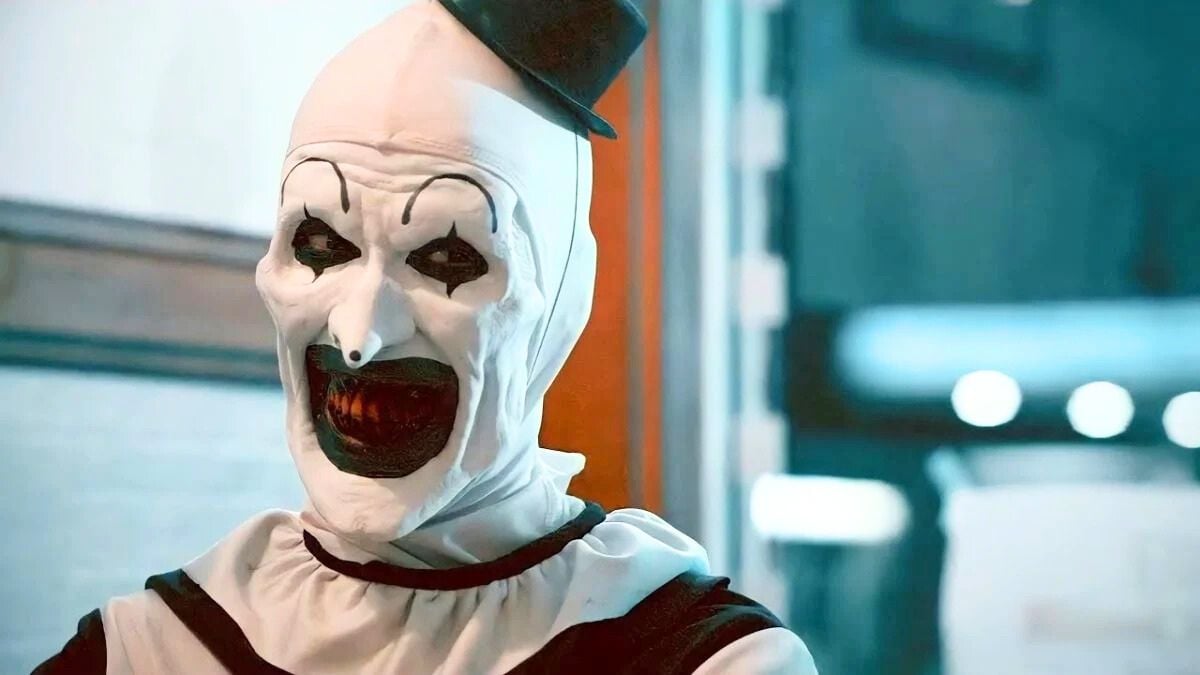
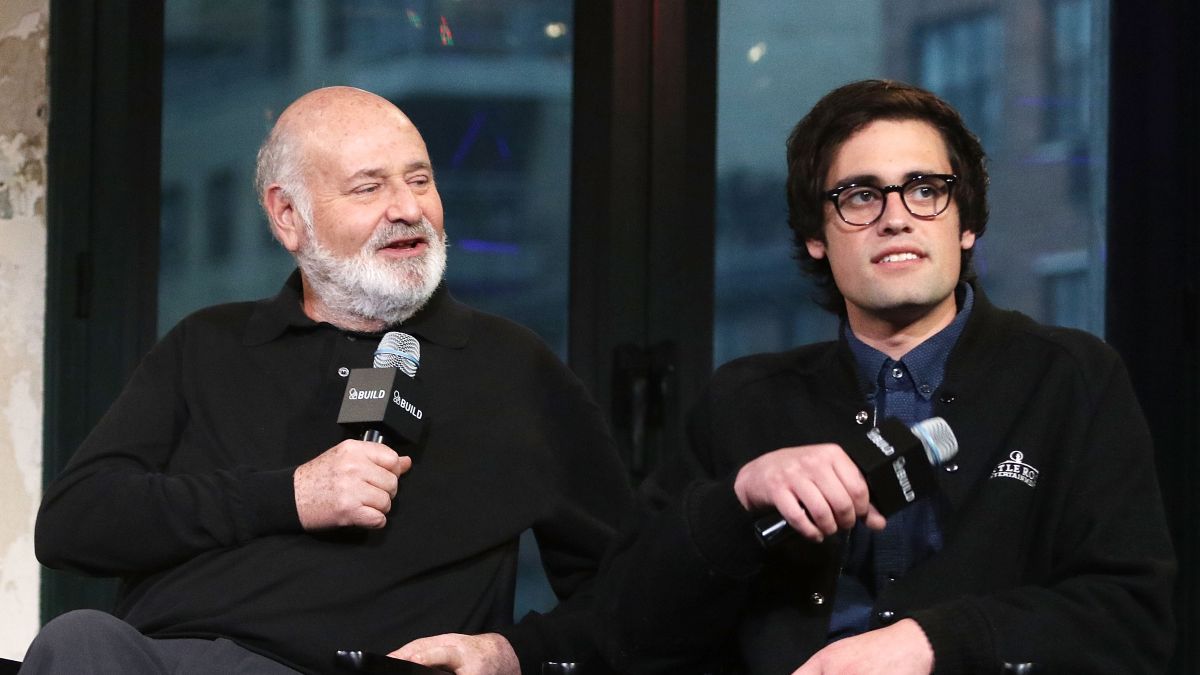
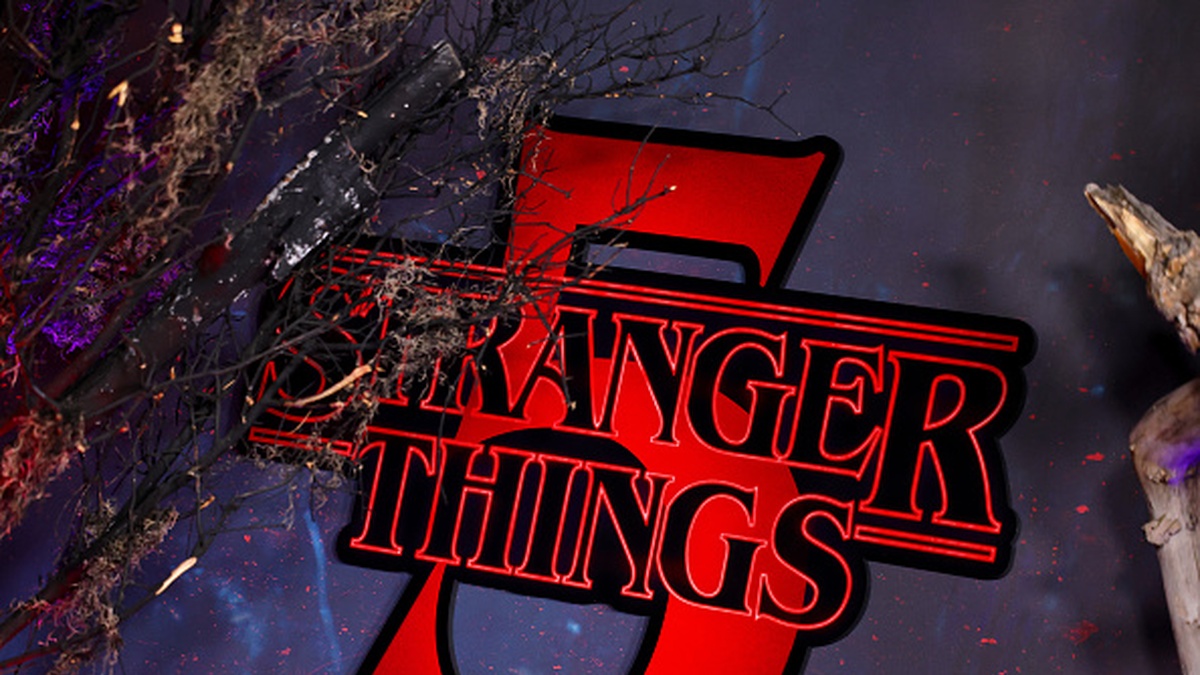

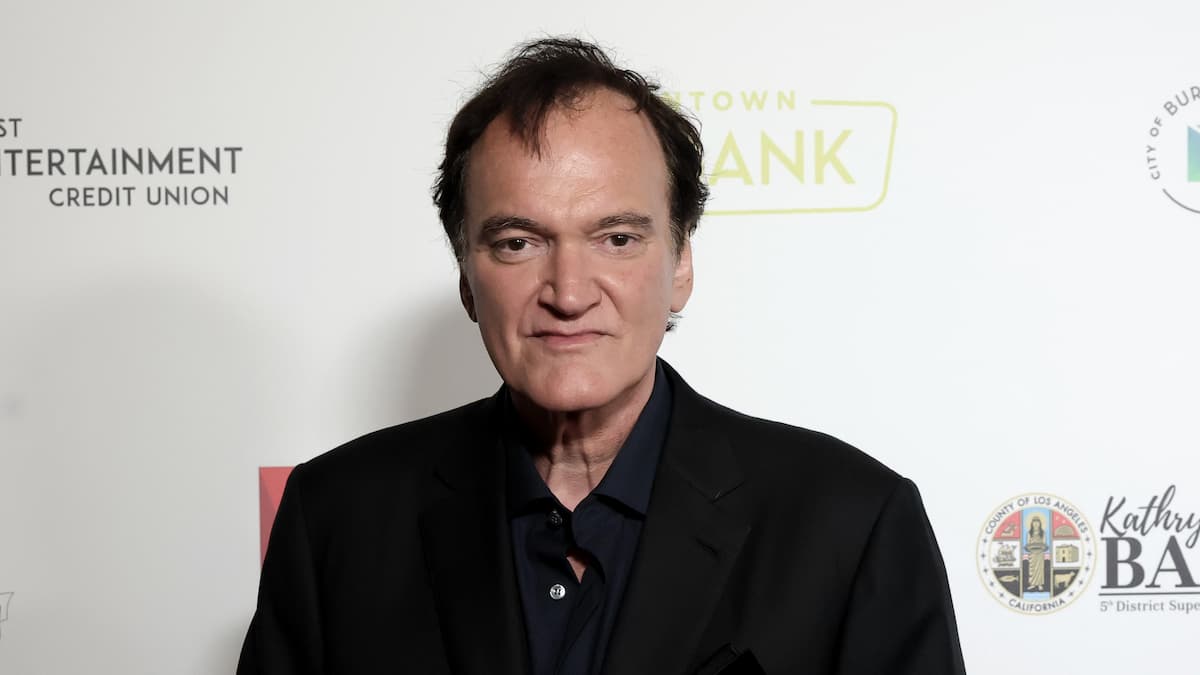
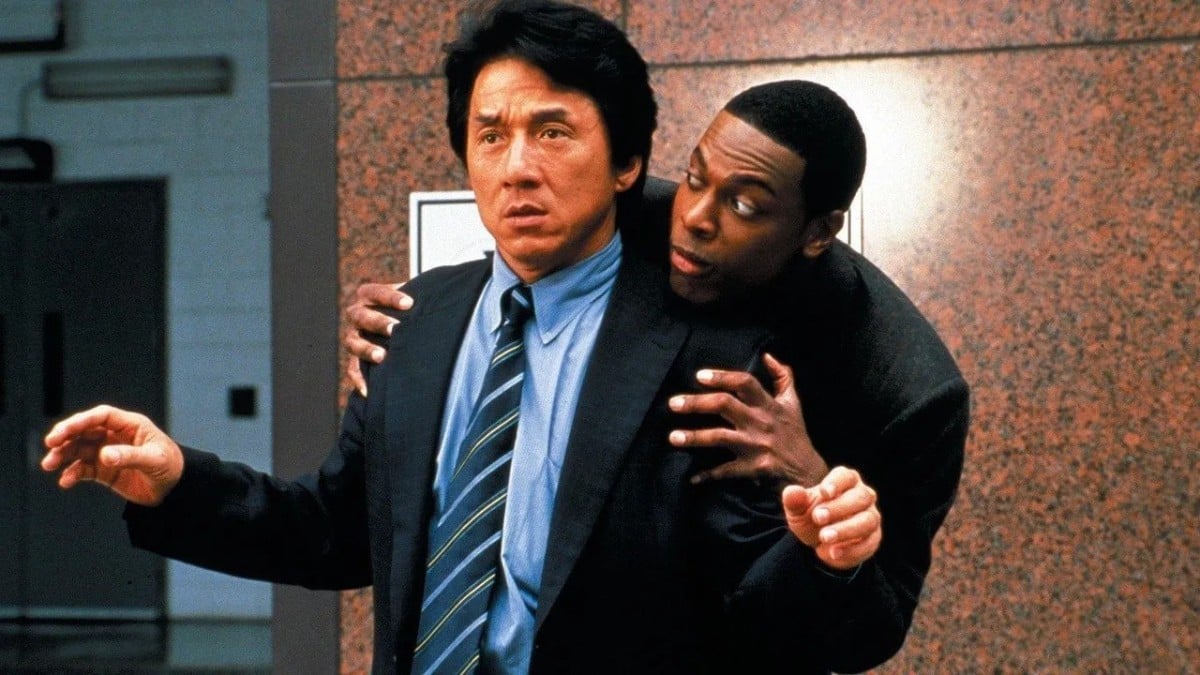
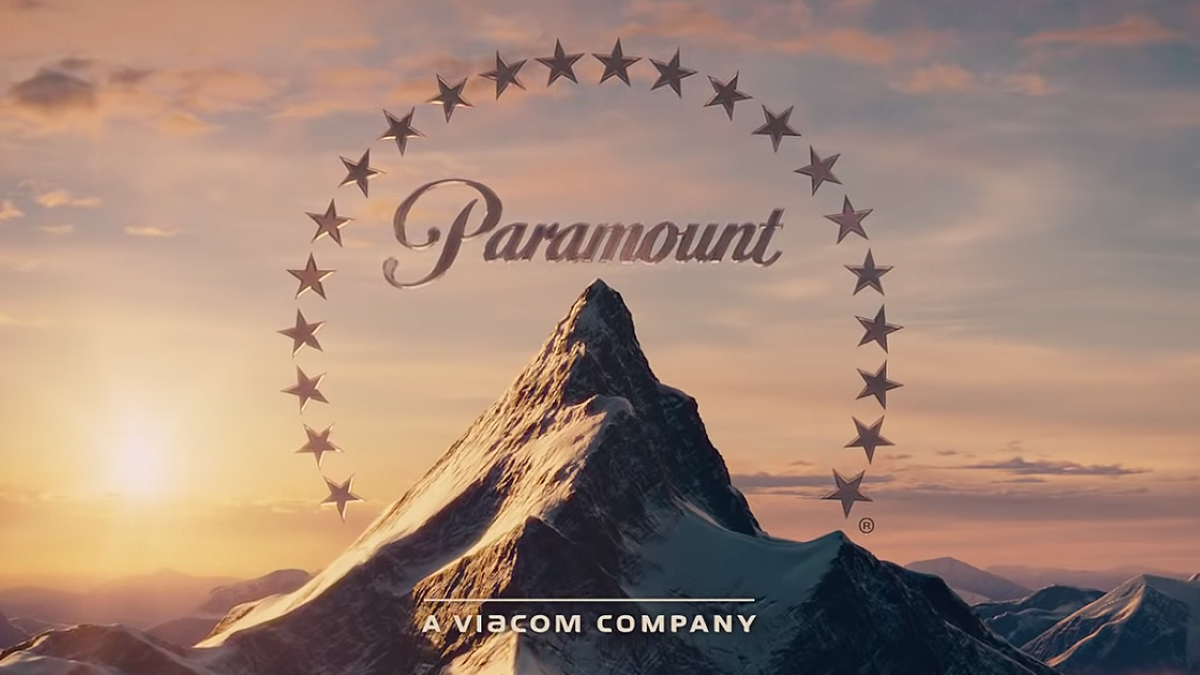



Published: Oct 11, 2024 06:22 pm